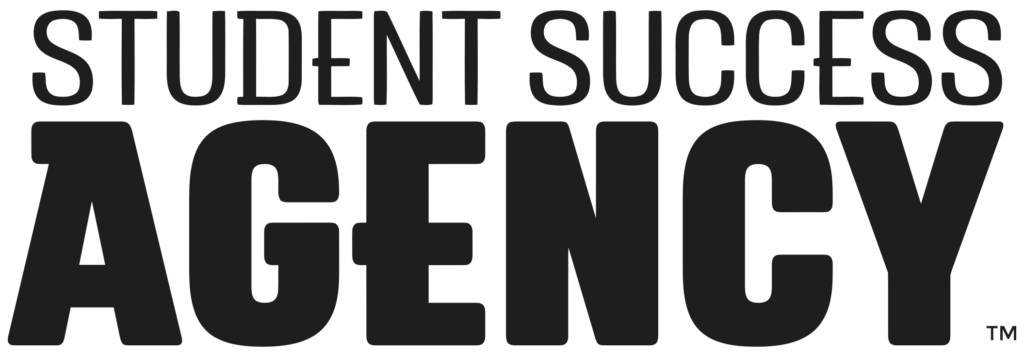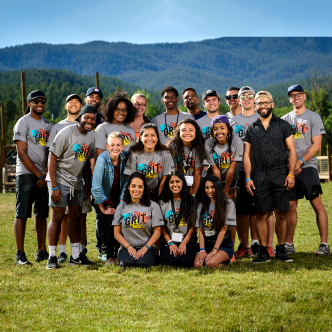Digital education tools have been around ever since the advent of PCs in schools, but never as prevalent as during the COVID-19 pandemic. In this time, the need for a digital support platform among educators and students has been at an all-time high. But how can you have assurances these groups are getting what they need, regardless of socioeconomic status?
This article looks at one student, Monica, and discusses how SSA has given her opportunities to experience digital equity in her life. By the end, you should have an understanding of what digital equity is and how our application of equity has helped Monica in her education. So read on and learn more about her story and what that means for you.
What Is Digital Equity?
As the modern generations of learners are always connected to the Internet, it makes sense that their education does the same. In theory, all access is equal, but if one group cannot make use of that access in the same way, then it is not equitable in its application.
Monica learned that digital equity in schools demands that people have the same opportunities. It should take into account both the systemic and singular needs of different groups and individuals.
“I’m more of a person that likes to do things with other people coming together as a group.”, says Monica, “being able to create something that has an impact on other people is what’s important to me.”
Without digital equity, you cannot know that everyone in a group can receive the same level of quality in their education. With the help that SSA can give, you can instead have assurances that your whole team can work on a level playing field.
How to Promote Digital Equity
Many of the challenges of digital equity can be overcome by investing in a set of methods that support equality and equity in the classroom. Many of them need buy-in from others but they are a good checklist of things that you can suggest.
Cheap or Free Technology Access
SSA can help students like Monica find open or free educational resources, as well as cheap, basic devices such as Chromebooks. They allow you to make it cheap for students and teachers to get access to digital resources.
Many students will not be able to even afford these resources. But funding is now available to support students from low-income families to access digital resources.
On top of the help students can get from their school, resources to support teacher and student collaboration expanded over time. One example of such a student software platform is Student Success Agency.
When Monica was having some trouble, she was able to contact SSA and talk over the problem with her agent.
“I was having a hard time I even I think I even cried on the phone with [my agent] and she was just telling me not to worry about anything, not to stress ’cause she knows how much I stress. She’s like my friend so I always I’ll text her when anything happens.”
SSA aims to provide equity in access to student support to students like Monica. through building up the infrastructure and culture of education. They intend to give students the tools they need to access the support they need any time they might need it.
Community Access to High-Speed Internet
Lack of access to high-speed Internet will hold students like Monica back on how fast they can learn from digital sources. Educational video and audio be untenable for their learning experience.
One solution is to provide students with devices with connections inbuilt. These usually entail giving the student a Chromebook or tablet that has a 4G or 5G hotspot included.
SSA was able to help Monica with problems like these whenever she needed help, but also encouraged her independence.
“I could still do my own thing without having an agent, but realizing that even I still need help, I was able to achieve even more success than I’ve ever achieved.”
Another example of what establishments have done to help their students is providing mobile data spots. These “Wifi hubs” roam the local community, allowing people to download data they might need then moving on to a new area.
Others provide the same data access on their school buses. This has the dual purpose of preventing disciplinary problems as children on Wi-Fi enabled buses tend to behave better.
Bring Your Own Device
A few years ago, the last thing you would expect to see in a school classroom is a plethora of phones on desks. These days, many classes have dropped the ban on digital devices. This is because they are so useful and instead teach professional digital etiquette.
Such a situation should never disrupt an education hub’s attempts to provide every student with a device. Working on a mobile device is not as easy as using a laptop or Chromebook. Instead, you should think of it as an augmentation and helping hand to get closer to the ultimate goal of universal access.
Promote Digital Competence
We should encourage students to learn to use digital teaching tools such as a student software platform in their daily lives. SSA was able to use this platform to work with Monica and help her make the best use of her skills. Her agent was able to give her the support she needed to encourage her digital engagement and learning.
“SSA helped me realize the confidence that I needed to have”, continued Monica, “and made me realize that everyone has the potential to achieve success.”
Students with this kind of support will be able to optimize how they handle their school day through digital devices. They can then learn to follow a digital curriculum with ease.
Encourage Online Interaction
If you use digital tools, you should be encouraging students to make more use of incidental digital interactions. These include collaborating online, communicating via digital tools, and using a digital calendar. This normalizes the use of online elements in a way that allows students to learn how to incorporate digital tools into their daily life.
Monica attests to the benefits such digital interactions gave her in her development by working with her agent:
“I was looking for scholarships and I found one where I needed to type an essay and so I asked her for her advice on an essay and she really helped me out. I shared it with her on Google Docs. And she revised it for me and told me what to fix.”
Monica continued, “A few weeks later when I sent it in, I found out that I got it and so I was so appreciative of her for helping me out with that.”
Digital Tools for Teachers
Technology on its own will not fix education but can be a powerful tool to help educators perform their role. With specific digital tools, you can close the equity gap and be able to teach all students based on their skill level. These are some examples of digital tools that can help teachers with education:
Telepresence Software
While it may have started as an office tool, videoconferencing technology has come on in leaps and bounds over the past few years. Newer technology that has empowered lecturers in the past has now come to the fore. Some are even developing support only for school systems with young students.
Teachers who make use of this technology can increase students’ direct involvement in class. They can also maintain a direct line with their students. It prevents a gulf from forming where a student does not know their teacher by sight.
Student Winbox
The Student Success Agency empowers teachers to be able to have a traceable, collaborative space. Here, they can give their students traceable tasks. It also acts as a student counseling platform, letting teachers talk to their students one on one to give them the help they need.
Digital Tools for Students
Much like teachers, students need similar support. The following are some of the ways that they can receive the help they need.
Google Workspace for Education Fundamentals
This suite of tools is a free set of methods to engage with education. It includes many of the systems available to corporations, such as Google Tasks and Google Jamboard. Although it also includes systems like Google Classroom to help with learning.
Student Winbox
Much like for teachers, the Student Winbox by the Student Success Agency is a student software platform. Its purpose is to assist with a student’s education.
The Winbox can provide the communication and collaboration tools necessary for learning. Also, it provides regular content to further empower students. Student Success Agency agents are also on-hand to help learners access what they need when they need it.
Finding a Digital Support Platform For Students
Now you understand what digital equity is, you should be able to investigate a digital student support platform that suits your needs. If you still have questions, we are here to help. Our specialists are on hand to talk about what our systems can offer.
“If I could say anything to everyone watching this it would be not to let the opportunity pass to be a part of SSA.”, finishes Monica, “Because failure is nothing when you worry about the chances that you didn’t take as a result of not trying at all.”
If you want to learn more, you need only get in contact. Let us supercharge your student success network today.






